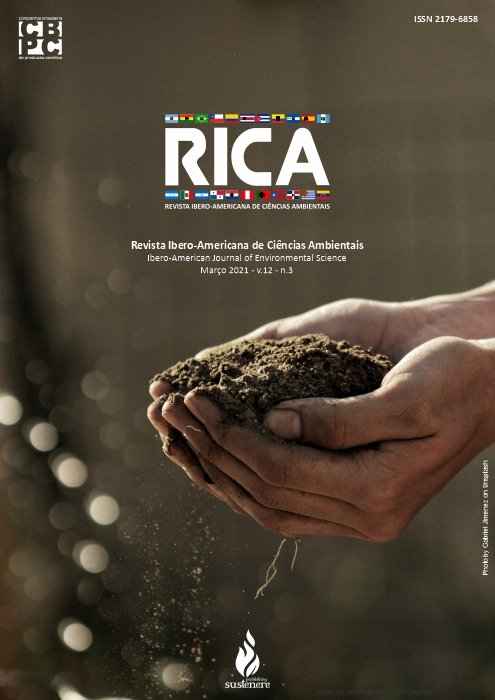Spatial variation of fluorine in homes and correlation with the distance of the public water supply system of the ETA in Macapá-AP/Brazil
DOI:
https://doi.org/10.6008/CBPC2179-6858.2021.003.0023Keywords:
Fluoride, Fluoridation, Dental Caries, Principles of Water TreatmentAbstract
Fluoridation of water for human consumption is one of the proven efficacy preventive measures that reduces the prevalence of caries between 50% and 65% of the populations where consumption is continuous from birth. But although fluoride is known to be effective in combating and preventing tooth decay, its addition in treatment systems in the water supply is not always verified. In the present study, the concentration of fluoride in the water supply was quantified in 40 residences divided into four districts of Macapá-AP and evaluated for their legal compliance as well as their correlation with the distance between the residences and the treatment system, where it is assumed that fluorine concentration is maximal. Nonparametric statistical analyzes were used to test the following hypotheses: there is significant spatial variation of the concentration of fluoride in the different neighborhoods; there are frequent legal nonconformities regarding the concentration of fluoride in residences; there are significant correlations between the concentration of fluoride in the residences and the distances of ETam. The results showed that the significant differences and spatial variations of the fluoride concentration in the residences of different neighborhoods were correlated with the distances between them and the ETAm. However, these results were conflicting, since some neighborhoods were positive and others negative. We conclude that, although the application of Fluorine in ETAm is based on current legislation, the provision of this service is often deficient and not compliant. In addition, the current situation of the application of fluoride in the supply water evidences the inefficiency of public policies in favor of the oral health of the population.
Downloads
Downloads
Published
Issue
Section
License
The CBPC - Companhia Brasileira de Produção Científica (Brazil CNPJ: 11.221.422/0001-03) the material rights of the published works. The rights relate to the publication of the work anywhere in the world, including rights to renewals, expansions and dissemination of the contribution, as well as other subsidiary rights. All electronically published works may subsequently be published in printed collections under the coordination of this company and / or its partners. The authors preserve the copyright, but are not allowed to publish the contribution in another medium, printed or digital, in Portuguese or in translation.









